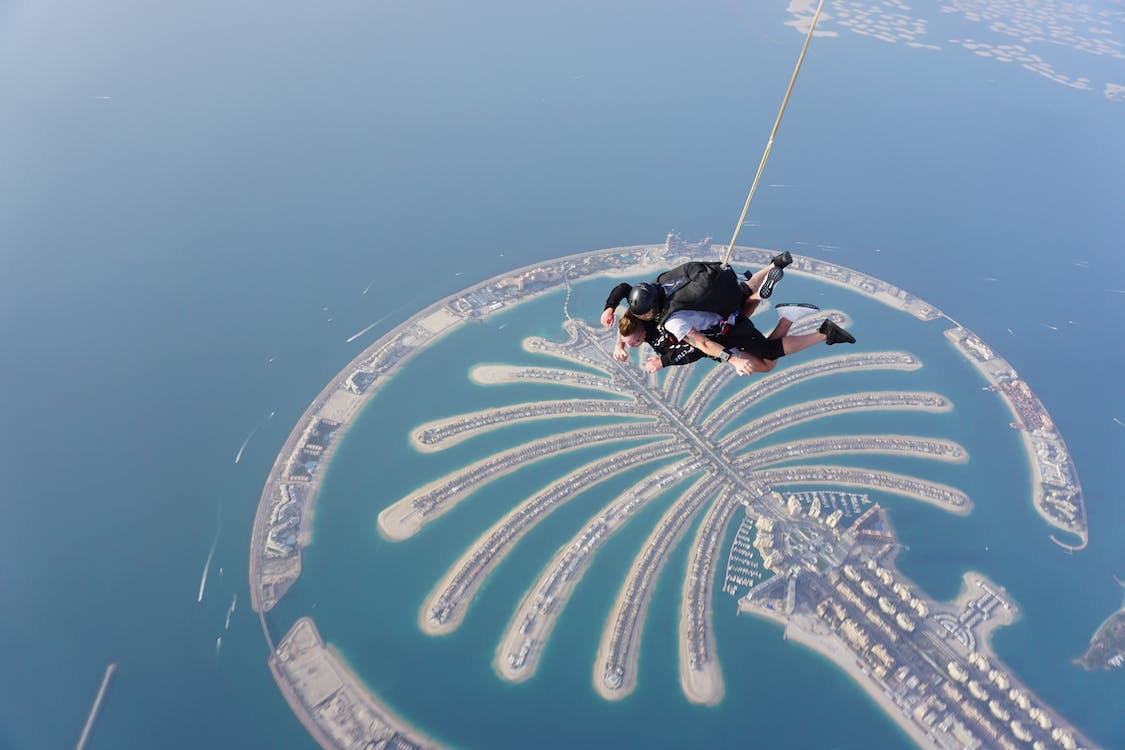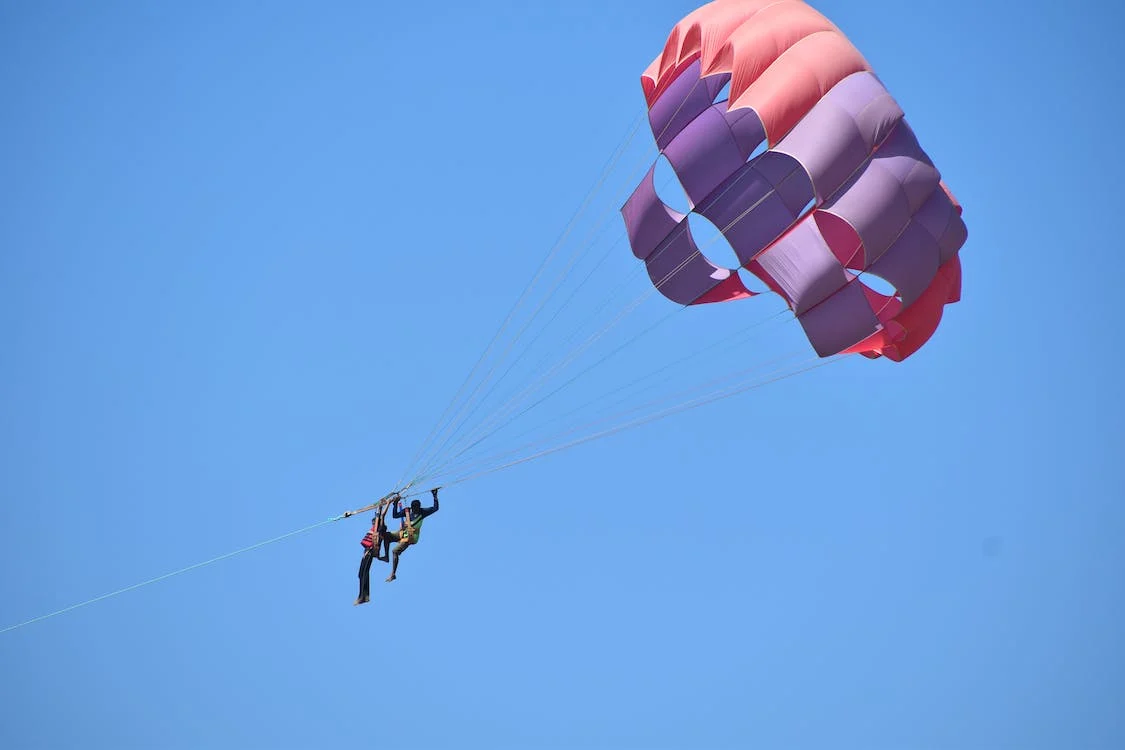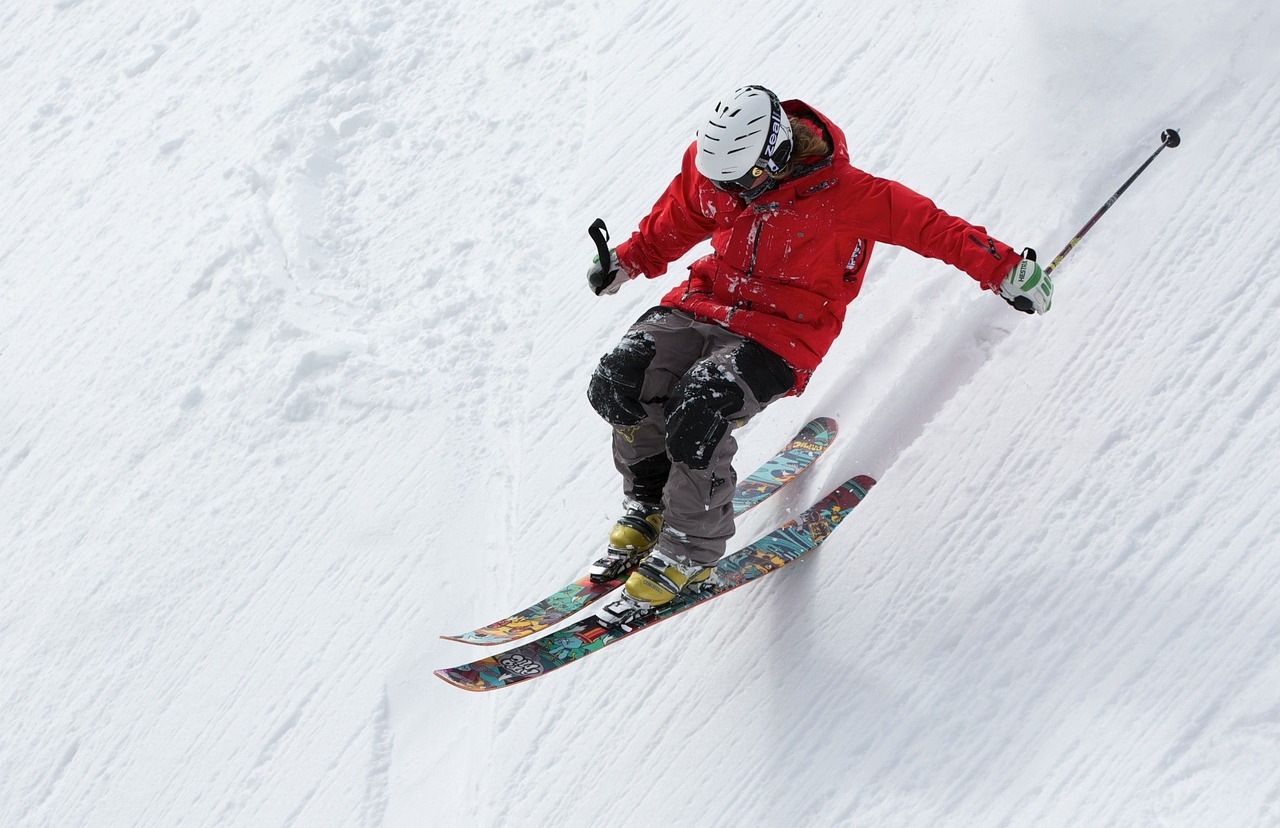High-risk sports, often synonymous with extreme or adventure sports, are activities that involve a significant level of danger due to factors like high speeds, great heights, extreme physical exertion, or the involvement of highly specialized gear. Examples of such sports include skydiving, rock climbing, extreme skiing, base jumping, and motocross. The allure of these sports often lies in the adrenaline rush and the challenge they present, pushing the boundaries of human capability and endurance.
However, the very elements that make these sports exhilarating are also what make them perilous. Safety measures in high-risk sports are not just important—they are vital. They serve as a critical barrier between thrill and threat, ensuring that the pursuit of adventure does not compromise the well-being of the participants. Proper safety protocols, equipment, and training are essential to mitigate risks. These measures help in preventing accidents and injuries, and in worst-case scenarios, can be life-saving.
Engaging in high-risk sports without adequate safety measures can lead to serious injuries or even fatalities. Therefore, understanding and adhering to recommended safety practices is a non-negotiable aspect of participating in these high-adrenaline activities. This post aims to delve into the various safety measures that should be considered essential in the world of high-risk sports, ensuring that the spirit of adventure remains alive without undermining the safety of those who dare to embrace these challenging activities.
Understanding High-Risk Sports
High-risk sports are defined as activities that carry a significant potential for physical harm or danger. These sports often involve extreme conditions, such as high speeds, great heights, or challenging terrains, and typically require a high level of skill, physical exertion, and specialized equipment. The risk factor in these sports is notably higher compared to conventional sports, making them both thrilling and potentially perilous.
Examples of High-Risk Sports
Examples of high-risk sports are diverse and can range from aerial sports to mountainous adventures. Skydiving involves jumping from a plane and freefalling before deploying a parachute. Rock climbing encompasses scaling natural or artificial rock formations, often with the risk of falls. Extreme skiing takes skiers down steep, off-piste terrains, often in remote areas. Each of these sports presents unique challenges and thrills, attracting those seeking adventure beyond traditional sports boundaries.
The Inherent Risks Associated with These Sports
The inherent risks in high-risk sports are a crucial aspect that participants must acknowledge and prepare for. In skydiving, risks include equipment failure and freefall accidents. Rock climbing risks involve falls, equipment failure, or rockslides. Extreme skiing faces dangers like avalanches, hidden crevasses, and severe weather conditions. These risks require a thorough understanding of the sport, meticulous preparation, and adherence to safety protocols to mitigate potential dangers and enjoy these exhilarating sports safely.
General Safety Measures
Importance of Proper Training and Preparation
Proper training and preparation are fundamental in high-risk sports. This includes acquiring the necessary skills through structured training programs and understanding the sport’s specific risks and challenges. Preparation also involves familiarizing oneself with the equipment and environmental conditions, and practicing regularly to maintain and improve skills. This comprehensive preparation is vital for ensuring that participants are equipped to handle the demands of the sport and to respond effectively to any unforeseen situations.
Role of Physical Fitness in Injury Prevention
Physical fitness plays a critical role in preventing injuries in high-risk sports. A well-conditioned body is more resilient and better prepared to handle the physical stresses these sports entail. Regular strength training, cardiovascular conditioning, and flexibility exercises help in building a body that is less prone to injuries. Fitness also enhances overall performance, enabling athletes to execute movements with precision and control, further reducing the risk of accidents.
Nutritional Considerations for High-Performance and Safety
Nutrition is an often overlooked yet crucial component of safety in high-risk sports. Adequate nutrition fuels the body for the high energy demands of these activities and aids in recovery and injury prevention. A balanced diet rich in proteins, carbohydrates, healthy fats, vitamins, and minerals ensures that the body functions optimally. Hydration is also essential, as dehydration can impair judgment and physical performance, increasing the risk of accidents. Therefore, a well-planned nutritional strategy is key to maintaining high performance and ensuring safety in high-risk sports.
Environmental Awareness
Understanding and Respecting Natural Conditions (Weather, Terrain)
In high-risk sports, a profound understanding and respect for natural conditions are essential. Weather patterns and terrain characteristics greatly influence the safety and feasibility of these activities. For instance, in outdoor sports like rock climbing or skiing, sudden weather changes can dramatically alter the risk levels. Similarly, understanding the terrain, whether it’s the rock quality for climbing or snow conditions for skiing, is crucial for making informed decisions. Participants must be adept at interpreting environmental cues and adjusting their plans accordingly to ensure safety.
Adapting to Environmental Challenges and Changes
The ability to adapt to environmental challenges and changes is a critical skill in high-risk sports. This involves being prepared for a range of scenarios and having the flexibility to modify plans as conditions change. Athletes should be equipped with the knowledge and tools to respond to various environmental situations, such as shifting weather or unstable terrain. This adaptability not only enhances safety but also enriches the experience of engaging with the natural world in its dynamic state. Effective adaptation requires continuous learning, experience, and a respect for the unpredictability of nature.
Risk Management Strategies
Risk Assessment and Management Techniques
Effective risk management is crucial in high-risk sports. This begins with a thorough risk assessment — identifying potential hazards and evaluating the likelihood and severity of risks associated with the sport. Techniques such as scenario analysis or consulting with experienced practitioners can aid in this process. Once risks are identified, management strategies, including minimizing exposure to hazards and implementing safety protocols, become critical. Regularly revisiting and updating risk assessments ensures that strategies evolve with changing conditions and experiences.
Decision-Making Skills Under Pressure
High-risk sports often require quick, decisive action under pressure. Developing decision-making skills is therefore essential for safety. This involves being able to calmly assess situations, weigh the risks and benefits of different actions, and make informed decisions swiftly. Training in stress management and simulated high-pressure scenarios can enhance these skills. Good decision-making also relies on a solid foundation of knowledge about the sport and personal limits.
Contingency Planning for Emergencies
Contingency planning is preparing for potential emergency situations. This includes having a clear plan for responding to various types of emergencies, whether they be related to personal injury, equipment failure, or environmental hazards. Key components of contingency planning include knowing emergency procedures, having access to first aid and rescue equipment, and establishing clear communication channels. Regularly practicing emergency responses and staying updated on best practices ensure that if an emergency arises, the response will be efficient and effective, potentially saving lives.
Emergency Preparedness and Response
Basic First Aid and Emergency Response Skills
Basic first aid and emergency response skills are crucial in high-risk sports, where accidents and injuries are more likely to occur. Participants should be trained in basic first aid techniques such as CPR, wound management, and handling fractures or sprains. Knowledge of how to respond to specific emergencies related to the sport, such as altitude sickness in mountain climbing or decompression sickness in diving, is also vital. These skills can be lifesaving in the critical time before professional medical help arrives.
Importance of Having a Rescue Plan
Having a well-thought-out rescue plan is essential in high-risk sports. This plan should detail how to evacuate injured persons from the location and how to access emergency medical services. It should consider factors like the remoteness of the sport’s location, available rescue resources, and the time it might take for emergency services to arrive. Regularly reviewing and practicing the rescue plan ensures that everyone involved knows their role and can act efficiently in an emergency.
Communication Strategies During Emergencies
Effective communication is key during emergencies in high-risk sports. This involves not only the ability to call for help using a phone or radio but also using non-verbal signals like flares or whistles in environments where verbal communication is not possible. Clear, concise, and calm communication can significantly impact the management of the situation. It’s also important to inform someone outside the activity about the plan, location, and expected return time, so they can raise the alarm if the group does not return as scheduled.
Legal and Ethical Considerations
Understanding Legal Responsibilities and Waivers
In high-risk sports, legal responsibilities are an important aspect that participants need to understand. This often involves signing waivers that acknowledge the risks involved and absolve organizers or instructors of certain liabilities. These legal documents are crucial as they inform participants about the potential risks and their acceptance of these risks. However, it’s important for participants to know that waivers do not absolve providers from the responsibility of ensuring standard safety measures. Understanding these legal nuances helps participants make informed decisions about their involvement in these activities.
Ethical Considerations in High-Risk Sports
Ethical considerations in high-risk sports revolve around respect for the environment, the local community, and fellow participants. This includes practicing sustainability, minimizing environmental impact, and respecting cultural and community norms in the areas where these sports are conducted. Ethically, participants also have a responsibility to not endanger others, to share knowledge about safety and risks, and to help others in distress. Ethical practice in these sports fosters a community built on respect, safety, and shared passion for high-adrenaline activities.
Final Words
Safety in high-risk sports is a multi-dimensional aspect that encompasses various critical measures. Proper training and preparation, along with a strong emphasis on physical fitness and appropriate nutrition, lay the foundation for safe participation. Equally important is the use of the right equipment and a deep understanding of the environmental conditions that these sports are practiced in. Effective risk management strategies, including thorough risk assessment, skilled decision-making under pressure, and contingency planning for emergencies, are vital.
While high-risk sports offer excitement and challenge, it is imperative to approach them with a safety-first mindset. By adhering to these safety measures, enthusiasts can enjoy the thrill of these sports while minimizing the risks involved. Ultimately, the spirit of adventure in high-risk sports should be balanced with a responsible and informed approach to safety, ensuring that the pursuit of adrenaline does not compromise the well-being of the participants. As animation continues to enrich the video gaming experience, pushing the boundaries of what’s possible in virtual realms, it naturally leads to questions about the competitive aspect of gaming. In Can Esports Be Considered a Real Sport?, we delve into the debate surrounding esports, exploring how the immersive and complex worlds created by advanced animation contribute to the recognition of esports as a legitimate, competitive, and skill-based sporting activity.




